Hunting has become more popular and more accessible to the general public nowadays. While it’s an exciting outdoor activity, the potential risks associated with hunting shouldn’t be ignored. Hunting in active areas requires careful attention and specific precautions. Here are some essential hunting safety tips to ensure a safer and enjoyable experience.
Knowing the information for the following sections will improve your safety and make your hunting safer and more enjoyable!
- Basic Safety Considerations
- Treestand Safety Tips
- Firearms Safety Tips
Let’s take a closer look at the above safety tips.
1. Basic Safety Considerations
Take A Hunter’s Safety Course and Follow It
The best way to learn hunting safety tips is to take the Hunter Course. It is highly important because it covers all knowledge and skills designed to help hunters become safe and responsible huntsmen.
Wear Blaze Orange Clothing
Wearing brightly blaze orange clothing when hunting is crucial because it ensures that you are easily seen by other hunters. This helps prevent accidental gunshots and makes it easier for people to find you when you get lost in the woods.
Although deer are not really color blind, they do not have the rods and cones that perceive red, so deer’s eyes can not see the red part of orange, to a deer orange does not stand out.
It allows other hunters to see you though and not shoot in your direction, so hunter’s orange makes hunting safer.
For further information, you can check it here: Why Do Hunters Wear Orange?
Take A First Aid Kit
You need to bring a first aid kit and know how to use it. And, you need to understand some basic first-aid skills in case of injuries and have equipment to support them. CPR, Traumatic bleeding control, basic first aid for strains/sprains/breaks, and venomous animals
Never Hunt Alone
Hunt with a buddy so they can help you if you require assistance in an emergency. If you must go alone, be sure to tell family members where you will be hunting.
You must always let others know your exact hunting location, where your treestand is located, when you plan to return, and who is with you before you go into the woods. Doing this one, simple step before each hunting trip could save your life in the event of an emergency.
Making a hunting plan to include all the above information should be on your to-do list!
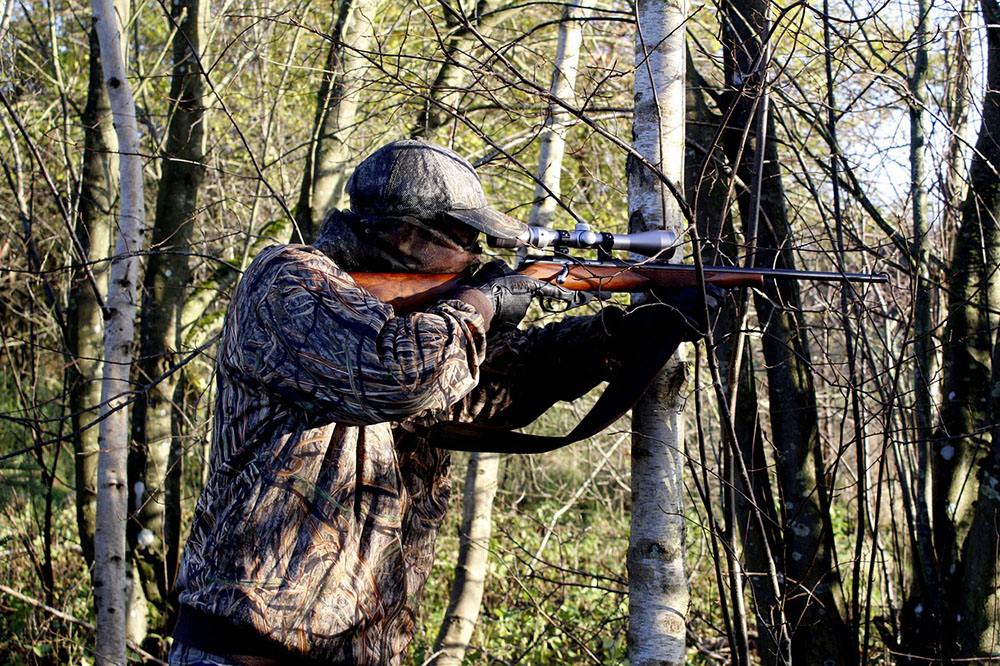
Don’t Mix Alcohol With Hunting
Never hunt while taking drugs or alcohol, and never use a stand when feeling ill, nauseous, or dizzy. Alcohol and hunting don’t go together. If you want to drink, you should wait after finishing hunting/shooting, and put everything away.
Don’t Forget to Carry Signal Devices
A signal device such as a mobile phone, radio, whistle, power, signal flare, or personal location device must be on your person and readily available at all times.
Always Check Hunting Equipment
Prior to each use, carefully inspect your hunting gear for any damage or signs of wear, and you need to make sure all the equipment is in good order. Do not use damaged or outdated gear under any circumstances. What’s more, learn more about how to choose the right hunting gear.
2. Hunting Treestand Safety Tips
Follow the Manufacturer’s Instructions
Be certain to follow the manufacturer’s instructions when securing the treestand, before each use, and the treestand sections are properly connected.
Pick the Correct Tree
Choose a live, straight, and proper-size tree for the stand you are using.
Wear Protective Gear and Harness System
To ensure your personal safety, always wear a full body fall arrest harness system that meets stringent, industry standards recognized by TMA, and wear protective glasses and ear protection.
Additionally, do not leave the ground unless you are wearing your harness. A helmet is a good idea, a fall from heights can occur at any time, and a fall or a falling dead branch from above can do some serious damage to your skull.
Always Attach Harness System to the Tree
Your harness system must be worn and attached to the tree, from the time you leave the ground until you’re back safely down on the ground.
Have Three Points of Contact while Climbing
You need to make sure you have three contacts while you are climbing a ladder or into a stand, and it is necessary to step down onto the platform of that stand to test its stability.
Use A Haul Line for Hunting Equipment
Never climb up on a tree stand, over, or across any obstacles while carrying a firearm, bow, or backpack. Instead, unload and lift your bow, backpack, firearm, or other hunting equipment into the tree stand by a haul line.
3. Firearm Safety Tips
Be Familiar with Your Guns
You need to be fully familiar with your gun and the basic gun safety rules. Take the time to learn about the operation and features of the firearm you are going to use.
Treat Every Firearm as if it is Loaded
You need to know how your gun operates, how to check if it’s loaded, and how to safely unload it. Always assume your gun is loaded, and check it again to be sure.
Guns are a tool, they can save lives, but they can also destroy yours and that of others.
Keep the Gun Pointed in A Safe Direction
Never point your gun at yourself or anything you don’t want to shoot. Away from the target isn’t necessarily a “safe direction”.
Keep Your Finger off the Trigger Until Ready to Shoot
A loaded gun cannot fire if you don’t pull the trigger. If you are not ready to shoot yet, don’t pull your fingers on the trigger. Firearms should be stored unloaded and separate from ammunition.
Know Your Target and What Is Beyond It
Your target is whatever you have decided to shoot, and you need to know what you are pointing at, what is between you and it and what is behind it. Clearly know your target to avoid any shooting mistakes.
Use the Right Ammo
Make sure the ammunition you are using is appropriate for your gun and the animals you are going to hunt. The right ammo can ensure an effective and humane kill. Such as, you should know about Where Do You Shoot a Turkey?
Never Shoot at Hard Surfaces or Water
Water may not look like a hard surface, but its density makes it quite dangerous. It tends to make bullets ricochet (flash away) and fly off in unintended directions.
Clean and Maintenance Your Guns
Regular cleaning and maintenance of your firearms is key for safety and reliability. Guns will get rusty if not cared for or stored properly. Follow our guide on how to take care of your gun and blue them to keep them in top condition for years: How To Remove Rust From A Gun.
In The End
Safety should be the No. 1 priority while hunting. Always stay alert, be prepared, and remember these responsible practices.
The above hunting safety tips for everyone are critical to staying safe when hunting. If you keep them in mind and follow these safety tips, you can minimize risks and protect yourself and your fellow hunters, and enjoy a rewarding and enjoyable experience.
Happy hunting, and stay safe out there!


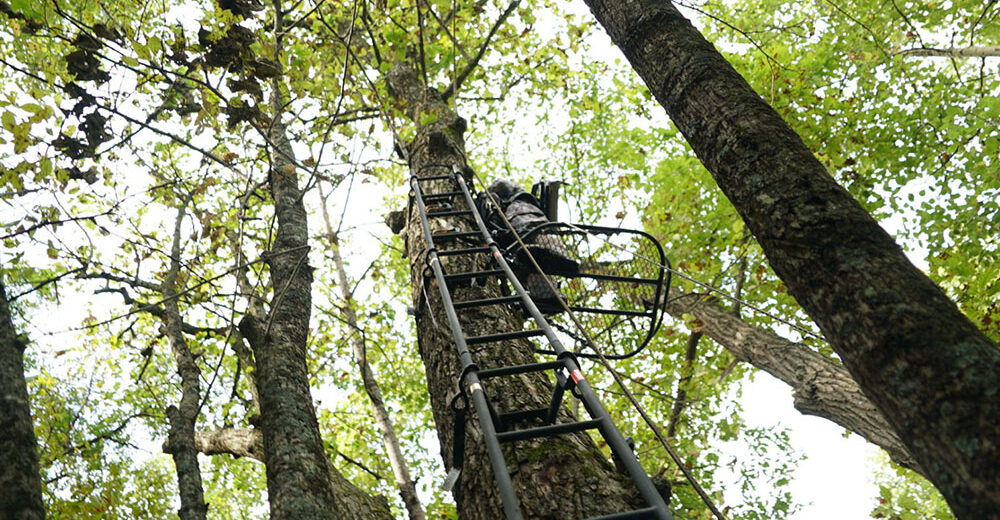




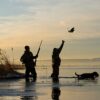
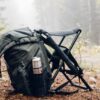
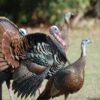
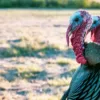
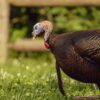








Leave a reply